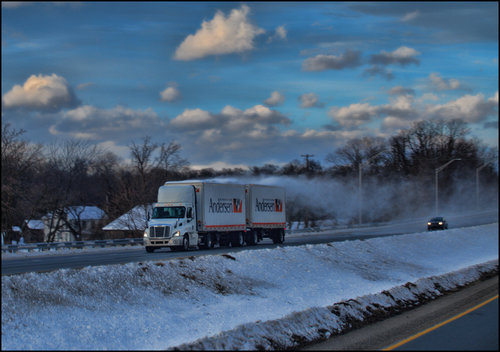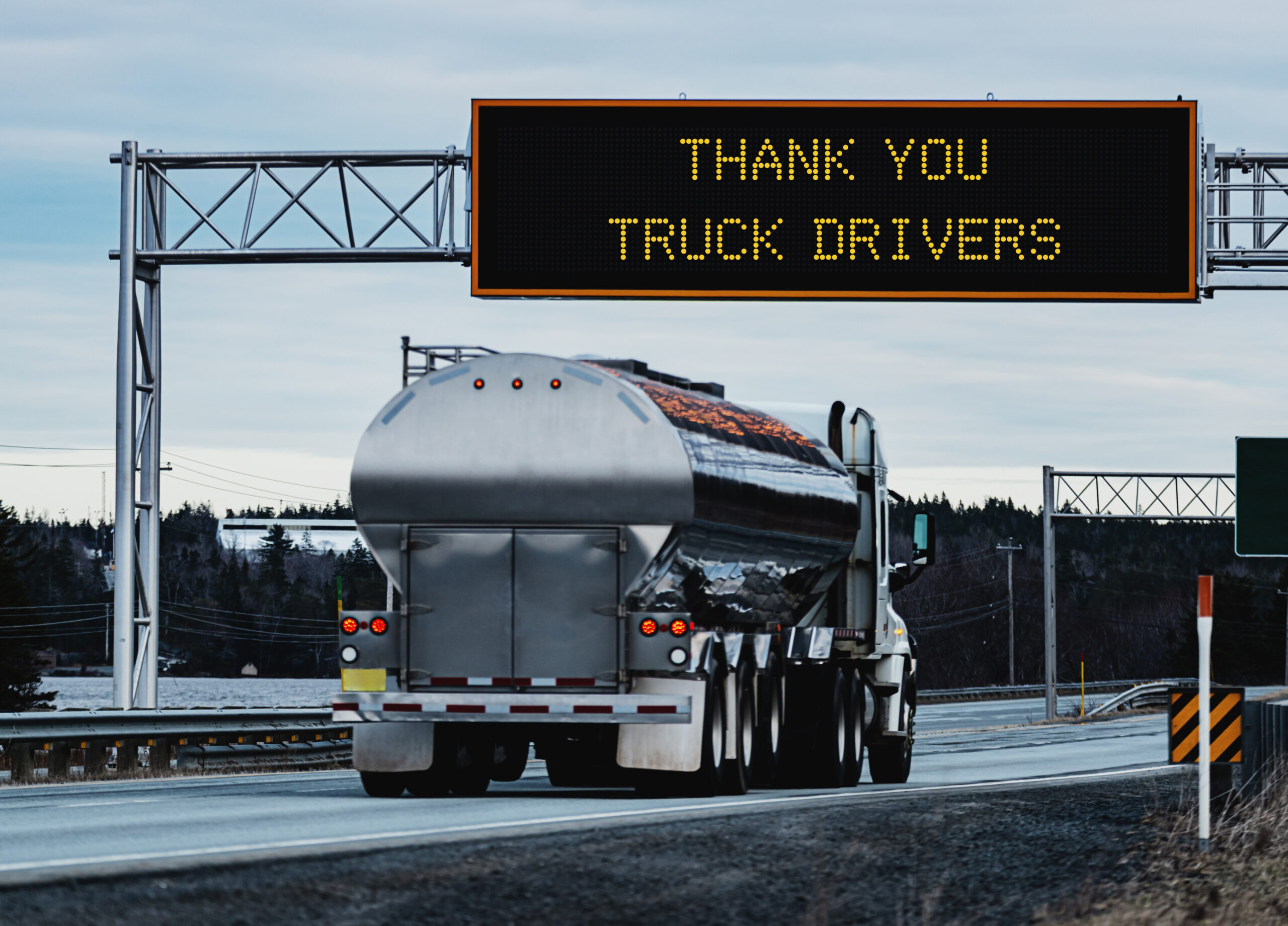What Driver Turnover and Equipment Fatigue Have in Common

With an estimated 2 million trucks on the road, it’s impossible to think that at least one of them is having a problem at any given time.
Trucks are enormous, expensive machines, and it’s not uncommon to see some costing north of $100,000. While they’re designed to stay on the road for decades and clock miles that would make passenger cars blush, they still go into the shop. On top of that, they often go months without seeing the inside of a repair bay.
And when they do, it’s costly. Aside from the repair price—liters of oil, transmission fluid, and the like—a truck from your fleet is sidelined. That means you’re not maximizing profitability.
Common Kinds of Wear
Like any vehicle, there are parts that wear out more frequently than others. When trucks push more than 1 million miles in their lifetime, these major parts require careful attention.
Tires. Simply put, the trucks in your fleet have more rubber on the road. And that means more rubber needs frequent replacement. In order to support the massive size of the truck and the load it is carrying, oversized tires are a requirement. Massive loads pushing down on tires over thousands of miles can cause splitting, shredding, and blow outs—all of which can be harmful to the truck, the driver, and others on the road.
Brakes. Heavy loads add to the momentum of any vehicle, making a quick stop reliant on the effectiveness of its brakes. In other words, brakes hold back an incredible amount of weight, and any wear and tear on them can cause massive problems.
Fluids. Generally speaking, the purpose of vital engine fluids—oil, transmission fluid and the like—is to reduce friction and to lessen the severity of general wear and tear on the inside of the parts a truck needs to function. Ignore needed fluid changes and you’ll see an early retirement for your trucks.
How Turnover Hurts Trucks
A painter has their paintbrush. A chef has their knife. A trucker has their truck. It’s their ubiquitous, necessary tool, and without it, they couldn’t get any work done.
Still, the painter cleans their brush, and the chef ensures the knife is clean and sharp before being put away for the night. It’s that pride of ownership that keeps tools working well. But when your drivers share trucks or are assigned different trucks, it can be difficult to instil the same pride.
This day-in-day-out switching of trucks causes drivers to feel disconnected with their vehicles, and causes them to feel flippant about any damage they might make.
And, for the drivers that hope for the cleanest, safest working environment, a dirty truck might be the last straw before they apply elsewhere.
So what can a carrier do?
How Feedback Can Help
While there may be some bad apples on your team who don’t care for or respect your equipment, the majority want a sanitary, comfortable environment to work in.
That’s where a powerful driver feedback app can help out.
By giving your drivers the ability to simply and easily provide feedback about concerns such as the cleanliness and upkeep of vehicles, carriers can make corrective action, improve truck quality, and boost turnover in the process.
Find out how WorkHound helped one carrier save thousands in turnover and related expenses in this case study. Download your copy now!
Let's Build Better Workplaces Together
Revolutionize your company culture and your worker retention rates by improving communication and engagement.
Book a Demo

